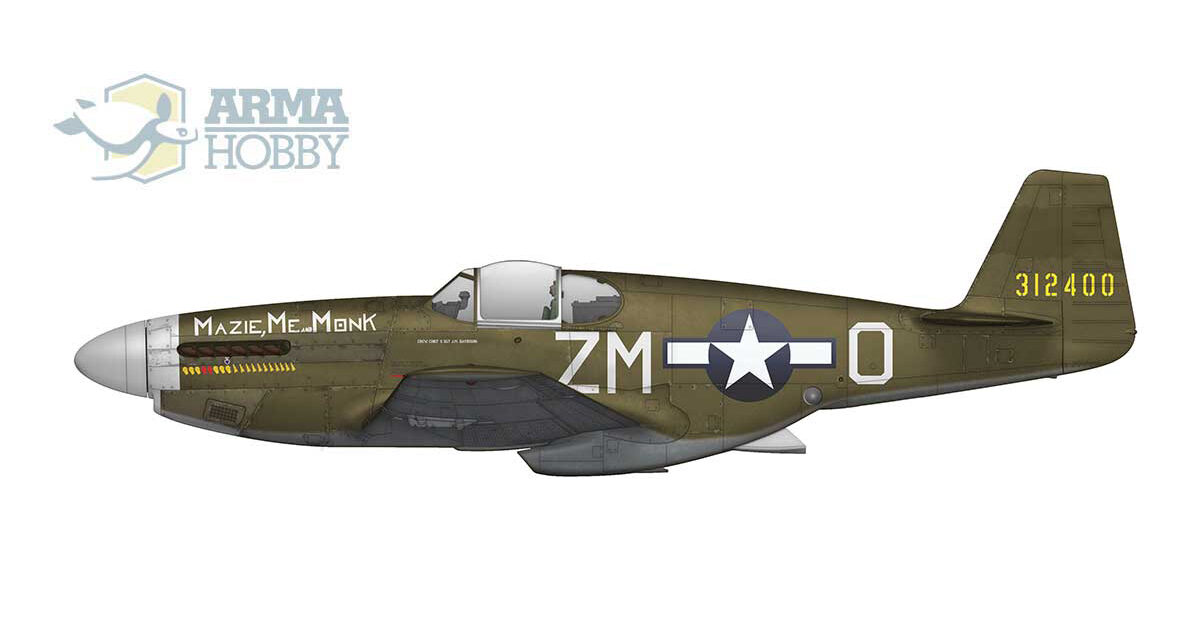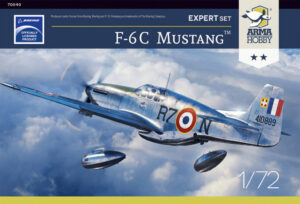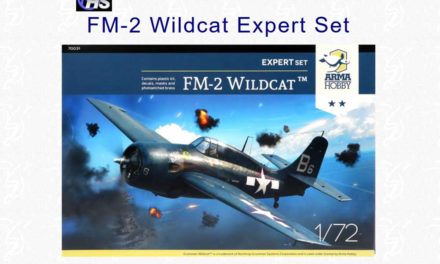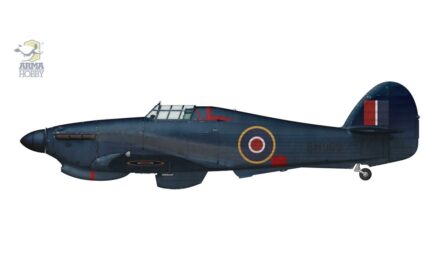Built by North American Aviation’s Inglewood, California facility, P-51B-1-NA 43-12400 was received by the USAAF 10 Aug 1943, shipped to the United Kingdom from Long Beach and received by the 9th AF in October 1943. The airplane was modified for the tactical reconnaissance mission (Tac-R) while in the UK by modifying the aft fuselage to mount a vertical or an oblique camera and the associated cockpit camera controls.
Received by the 67th Tactical Reconnaissance Group at Middle Wallop, England in December 1943 she was assigned to the 12th Tactical Reconnaissance Squadron coded ZM*O. One of the first four P-51-B’s assigned to the squadron she would be the only one of the four to survive the war.
“Mazie, Me and Monk” was probably the best known airplane assigned to the 10th Photo Reconnaissance Group during the war. Flying the 12th TRS first P-51Tac-R mission on 3 Jan 1944 with pilot Capt. E.B. “Blackie” Travis, the airplane would go on to rack up 172 missions and over 350 combat hours. Her last mission was flown on 28 May 1945 by 2ndLt Robert Worrell.
“She’s just like a bad penny. Just when you think you’ve lost her for good, Mazie, Me and Monk turns up again. She’s been transferred twice, shot up three or four times, classified as war-weary, gone on 172 rough and long missions, and always come back.” – SSgt Jesse “Monk” Davidson, crew chief.
Named for the pilot’s wife
Capt. Travis named the mustang “Mazie” for his wife, “Me” for himself and “Monk” after crew chief SSgt Jesse “Monk” Davidson.

“Mazie, Me and Monk” with markings of the photo-reconnaissance missions (camera) and visual reconnaissance missions (spyglass) and the Purple Heart Medal. Photo shows Cpt. E.B. “Blackie” Travis (at right).
By the end of her career she had been flown by all of the squadron pilots and a few pilots from the 15th TRS. But during her career she didn’t go unscathed. While being flown on a photo mission over St. Omer she took a 20mm shell through the tail wheel which exploded internally blowing a large hole in the fuselage, damaging the stabilizers and severing all of the controls but one. Though heavily damaged, pilot 1stLt Malcolm Cox was able to perform a successful landing. After two months for repairs the airplane was returned to the squadron.
Lt. Cox set Mazie down like the lady she was, but the plane was almost two months getting repaired, and missed action on D-Day. “After she came back that time” – Monk recalls – she stayed in pitching for quite a while, flying two missions almost every flyable day, and sometimes getting up to ten or eleven missions a week”.
Returning to the 12th TRS she continued to fly Tac-R missions, often two a day, while the 12th TRS supported General Bradley’s First Army. In June the 12th TRS was transferred from the 67th TRG in Middle Wallop to the 10th PRG at Chalgrove, England. But instead of moving to Chalgrove the squadron crossed the channel to Le Molay, France. On 1 August 1944 Patton’s Third Army became operational and the 12th TRS switched its support to Third Army.
Reborn in 1945
By January 1945, “Mazie, Me and Monk” had completed 120 missions and was classified as War Weary and was turned over to the Air Depot Group at Villacoublay, France (A-42) for refurbishment. She was returned to the 12th TRS on 21 February 1945 now coded ZM*QI (ZM-Q bar), ready to return to combat. In April 1945 she was assigned temporary duty with the 31st TRS, 10th PRG, returning to the 12th TRS that May. Now coded ZM*A she flew her last combat flight on 28 May 1945 (though the war was now over the late May missions were still counted as combat missions.)
“I thought I was seeing things when it came back from the Air Depot Group, but then sure enough, in May, back it comes from 31st. The chances are pretty long against over seeing Mazie again after she leaves this time.” Monk said. “but I wouldn’t be too surprised if it did come back, or turned up being flown by some of our boys in the CBI. Mazie’s still a long way from the junk heap.”
F-6 or P-51? Secrets of the designation
While “Mazie, Me and Monk” had an outstanding combat career this author finds the attached photo with SSgt Davidson and Capt. Travis very interesting. During WWII the Tac-R P-51’s would eventually be designated “F-6” but this did not come about until April-May 1944. The first two models of P-51 converted for Tac-R missions, the 20mm cannon armed P-51 and the P-51A, were designated after modification as P-51-2-NA and P-51A-11. These designations were assigned by the “Model Designation Army Aircraft” 10th Edition of August 1943 published by the Commanding General, Army Air Forces. Initially the modified cannon armed P-51 was to be designated as F-6A-2 which was quickly cancelled in October 1942 within one month of the modification process and redesignated P-51-2-NA.
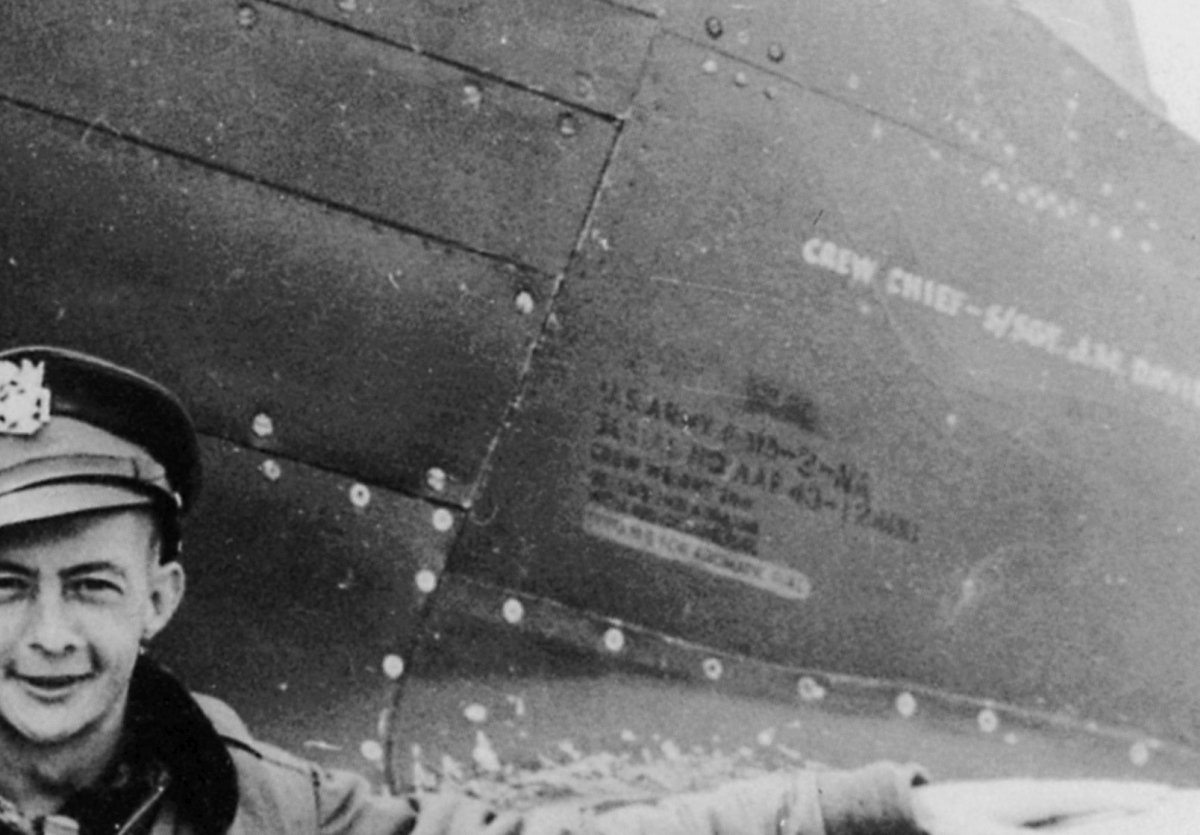
According to the January 1945 revision of this document the P-51B-2-NA was the same as the P-51B-1-NA with the exception of the installation of two K-24 cameras for use on reconnaissance missions. A note states that the airplane was redesignated F-6C-1-NA. This brings us back to the attached photograph of “Mazie, Me and Monk”. This author has located several missing air crew reports and aircraft record cards that identify the Tac-R modified P-51B’s and P-51C’s as -2 airplanes. If one looks closely at the P-51B designation in the technical data block of the photo, one will notice that it designates this airplane as a P-51B-2-NA with the “2” being larger than the factory stenciled date. This is the only Tac-R P-51B data block so modified, located by this author. In reviewing hundreds of photo of Tac-R P-51’s it seems that only the F-6D-NA and F-6D/K-NT’s were stenciled with the F-6 designation.
The “F-6” designation began to be used by tactical reconnaissance groups and squadrons in Europe and the Mediterranean theaters between April and May 1944. This designation was applied to the Tac-R P-51’s as F-6A= P-51A, F-6B=P-51B and F-6C=P-51C. Though the official designations would change with the January 1945 revision of “Model Designation Army Aircraft” 11th Edition to the designations that we use today, the designations used by the operators did not change until after the war. The only Mustang version that was not assigned the F-6 designation was the cannon armed P-51-2-NA.
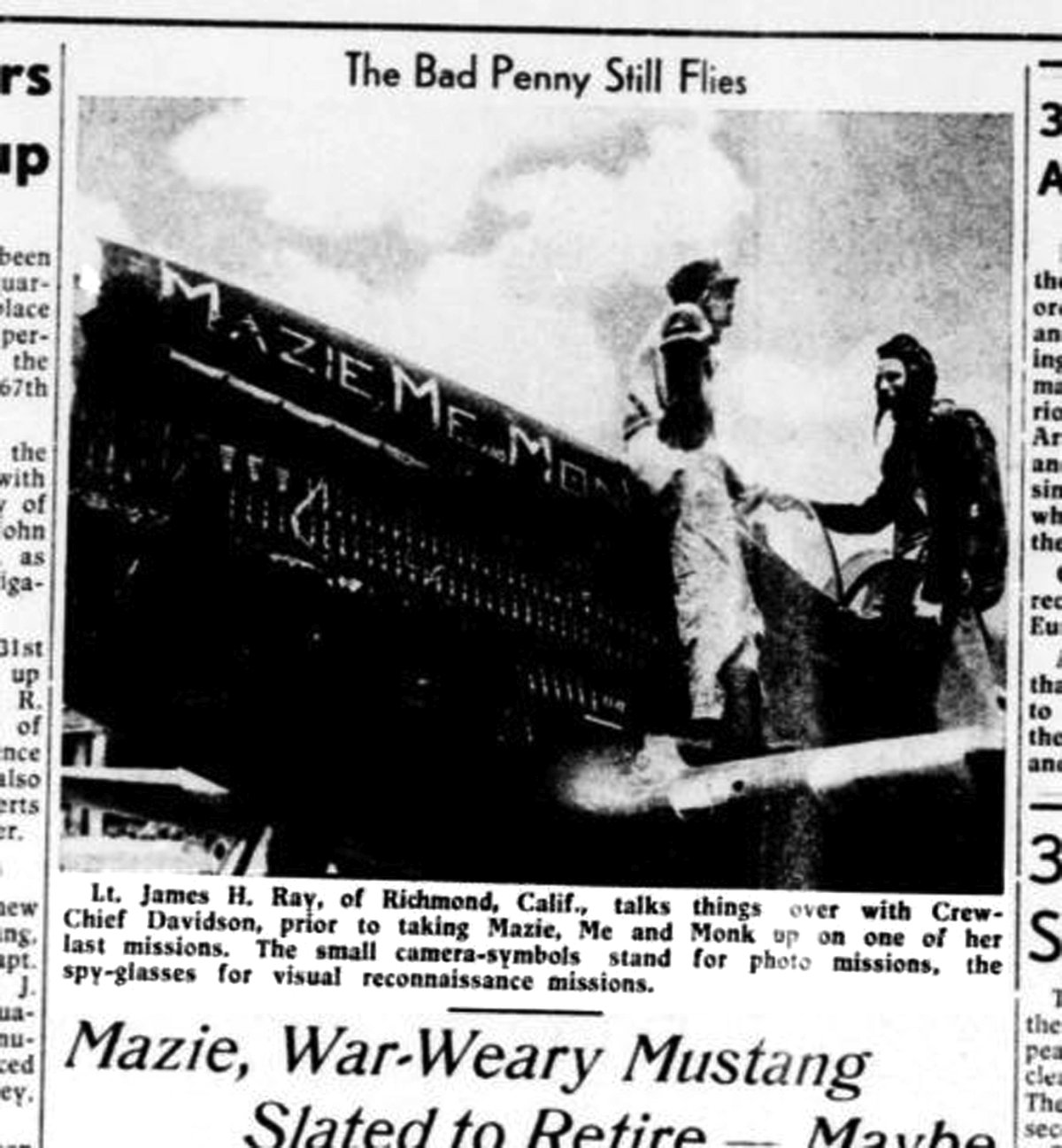
Quotes in boxes come from the press article “Mazie, War-Weary Mustang Slated to Retire – Maybe” published in “Stars & Stripes” in 1945.
See also:
- F-6C Mustang™ Expert Set and more in the Arma Hobby webstore: link
Upon graduation from college in 1971, enlisted in the USMC and attended Navy flight training in Pensacola, FL. Served in the Marines for 7 years active duty and 3 years reserves. While working as a salesman in Kansas City, Missouri, also flew attack helicopters with the Army National Guard and Reserves from which retired in 1996. Robert was hired by United Airlines in 1997 after 8 years with a commuter airline, retiring in 2014.
Robert has been interested in the 118th TRS and reconnaissance P-51’s since 2000 when he found out that his uncle had served with that squadron as the armament officer and, as an artist, had designed the “Black Lightning” markings worn by their airplanes in China. Robert’s research into the Tac-R P-51’s has shown him how much misinformation has been published and posted on line about these airplanes. His goal is to provide updated information about these airplanes.
This post is also available in:
 polski
polski


